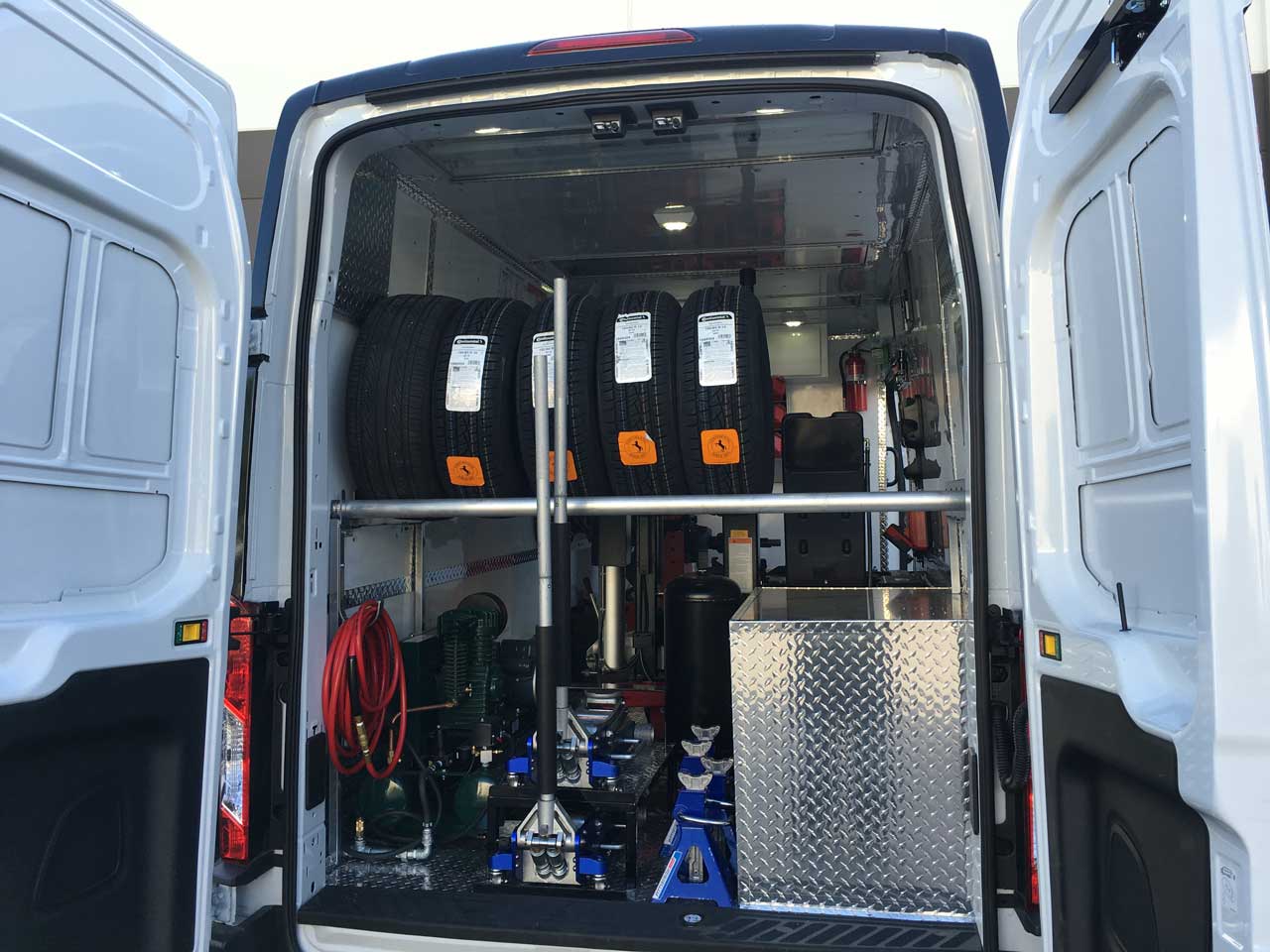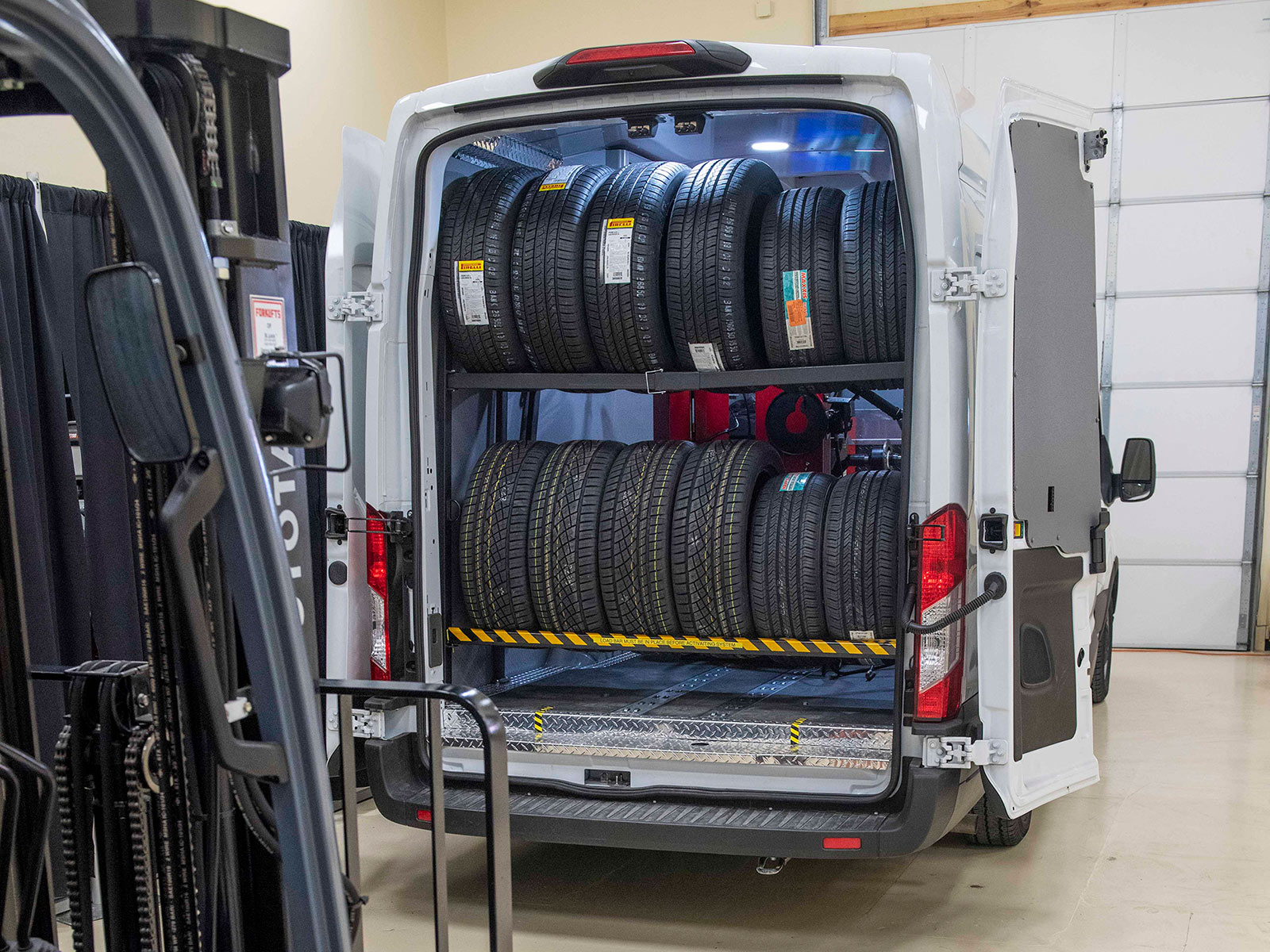Tire Service: Proven Approaches for Ideal Tire Maintenance and Care
From making certain correct tire pressure to regular turning and alignment, there are tested methods that can substantially prolong the life expectancy of your tires and improve overall driving experience. Let's dive right into the globe of tire solution and uncover the secrets to maintaining your tires in excellent form for the lengthy haul - Flat Tire Repair Las Vegas.
Relevance of Tire Stress
Appropriate tire pressure is an essential consider making sure ideal automobile efficiency and security when driving. Keeping the suggested tire pressure levels supplied by the manufacturer offers countless advantages. To start with, ample tire pressure promotes far better fuel effectiveness, as under-inflated tires can cause increased rolling resistance, creating the engine to function more difficult and consume more fuel. Proper tire pressure makes sure even walk wear, enhancing tire long life and conserving cash in the long run by postponing the need for early replacements. Furthermore, properly inflated tires add to enhanced handling and stopping capacities, important for safe driving in different roadway problems. Over-inflated tires, on the other hand, can result in lowered traction and a harsher ride. Conversely, under-inflated tires are susceptible to overheating, which can cause crashes and blowouts. Consistently inspecting and changing tire stress, particularly in the past long trips, is a straightforward yet reliable way to enhance lorry performance, expand tire life-span, and prioritize safety on the roadway.
Tire Rotation Guidelines
When considering tire rotation guidelines, it is important to recognize the importance of this upkeep task in optimizing tire lifespan and maintaining ideal automobile performance. Tire turning includes altering the setting of each tire on a vehicle to guarantee even tread wear. Front tires tend to put on quicker than rear tires because of steering forces, making regular rotation essential for balanced wear patterns. The advised turning pattern varies relying on whether an automobile is front-wheel, rear-wheel, all-wheel, or 4x4. Typically, tires need to be turned every 5,000 to 7,500 miles, or as suggested in the automobile handbook. Neglecting tire turning can lead to uneven wear, influencing handling, traction, and possibly compromising automobile safety. By sticking to appropriate turning standards, drivers can expand the life of their tires, enhance gas efficiency, and improve total driving experience. Routine rotation is a basic yet effective upkeep practice that adds considerably to tire long life and vehicle performance.

Benefits of Wheel Positioning
Ensuring proper wheel positioning after tire turning is important for preserving well balanced wear patterns and taking full advantage of car performance. Wheel alignment refers to the adjustment of the angles of the wheels to the producer's specs. Among the essential benefits of wheel placement is improved dealing with and steering feedback. When the wheels are effectively straightened, it reduces guiding initiative, ensuring a smoother and more controlled driving experience. In addition, proper wheel alignment assists to prolong the life expectancy of your tires. Misaligned wheels can cause unequal tire wear, leading to premature tire substitute and boosted maintenance prices.

Tire Footstep Deepness Inspect
Performing a regular inspection of tire tread depth is necessary for maintaining risk-free driving conditions and extending the life-span of your tires. The step on your tires plays an important role in giving grip, particularly in damp or unsafe conditions. To check your tire tread depth, you can use a tread depth gauge or the cent test. The suggested step blog here deepness goes to least 2/32 of an inch. If the step deepness is below this threshold, it is time to replace your tires to make sure optimal performance and safety on the roadway. Unequal tread wear can show issues with tire positioning, pressure, or suspension, highlighting the relevance of regular walk deepness checks. Ignoring to check and keep appropriate tread deepness can lead to lowered grasp, longer stopping distances, and an enhanced risk of hydroplaning. By integrating tire walk depth look into your regular maintenance schedule, you can drive with confidence knowing that your tires remain in top condition.
Seasonal Tire Assessment
A detailed evaluation of tire condition customized to specific climate condition is vital for preserving optimum efficiency and security throughout the year. Seasonal tire evaluation is a basic facet of tire maintenance that makes certain tires prepare to deal with the obstacles posed by different climate condition. To Source prepare for winter months, it is important to check the tire pressure frequently as chilly temperatures can trigger tire pressure to drop. Examining tire walk depth is likewise crucial to make sure sufficient traction on snow and frozen roadways. Furthermore, inspecting for indications of deterioration, such as bulges or cracks, can aid protect against possible tire failures. As the periods modification, it is essential to analyze tire condition and make any necessary changes to guarantee secure driving. By conducting regular seasonal tire assessments, motorists can lengthen tire life expectancy, improve gas effectiveness, and most importantly, make sure a protected driving experience in differing weather problems - Mobile Tire Change Las Vegas.
Final Thought
In final thought, preserving appropriate tire stress, rotating tires regularly, straightening wheels appropriately, monitoring walk depth, and performing seasonal evaluations are vital practices for optimum tire treatment. By following these confirmed methods, vehicle drivers can guarantee their tires last longer, perform much better, and add to general automobile safety. It is necessary to prioritize tire upkeep to avoid accidents, improve fuel performance, and extend the life expectancy of tires.
Adequate tire pressure promotes far better gas efficiency, as under-inflated tires can lead to boosted rolling resistance, causing the engine to work harder and take in even more Get More Info fuel.When thinking about tire turning guidelines, it is necessary to comprehend the importance of this upkeep job in optimizing tire life-span and maintaining optimal car performance. Seasonal tire examination is a basic facet of tire upkeep that ensures tires are all set to deal with the obstacles positioned by various climate problems. By conducting regular seasonal tire inspections, chauffeurs can extend tire lifespan, enhance gas efficiency, and most importantly, ensure a secure driving experience in differing climate conditions.
In verdict, keeping appropriate tire pressure, revolving tires regularly, lining up wheels properly, keeping an eye on tread deepness, and performing seasonal assessments are crucial practices for optimum tire care.